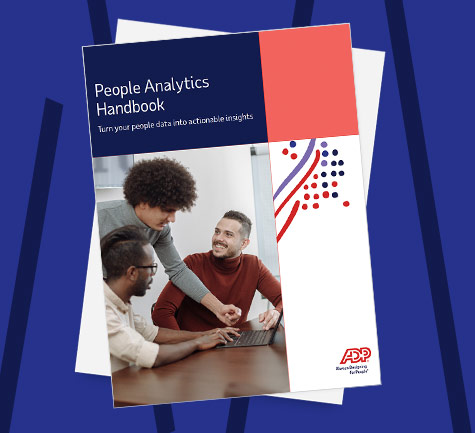Standard Occupational Classification (SOC) is a statistical standard that federal agencies use to classify workers into job-related categories. The ultimate purpose of which is to collect, calculate and disseminate data. The Bureau of Labor and Statistics uses SOC codes in its Occupational Employment Statistics (OES) Survey, which can be helpful to employers when they set their pay scales. In some states, SOC codes are also an essential part of unemployment reporting compliance.
Table of Contents
What jobs have SOC codes?
Any occupation in which work is performed for pay or profit has an SOC number. This includes jobs in the public, private and military sectors.
SOC codes list
The SOC system has four levels of aggregation – major group, minor group, broad occupation and detailed occupation. The major groups include:
- Management Occupations
- Business and Financial Operations Occupations
- Computer and Mathematical Occupations
- Architecture and Engineering Occupations
- Life, Physical, and Social Science Occupations
- Community and Social Service Occupations
- Legal Occupations
- Educational Instruction and Library Occupations
- Arts, Design, Entertainment, Sports, and Media Occupations
- Healthcare Practitioners and Technical Occupations
- Healthcare Support Occupations
- Protective Service Occupations
- Food Preparation and Serving Related Occupations
- Building and Grounds Cleaning and Maintenance Occupations
- Personal Care and Service Occupations
- Sales and Related Occupations
- Office and Administrative Support Occupations
- Farming, Fishing, and Forestry Occupations
- Construction and Extraction Occupations
- Installation, Maintenance, and Repair Occupations
- Production Occupations
- Transportation and Material Moving Occupations
- Military Specific Occupations
How to read a standard occupational classification (SOC) code
SOC codes have six digits with a hyphen inserted between the second and third digits for clarity. They can be decoded as follows:
- First two digits = major group
Major groups always end in 000. - Third digit = minor group
Minor groups usually end in 000, though a few occupations end in 00. - Fourth and fifth digits = broad occupation
Broad occupations always end in 0. - Sixth digit = detailed occupation
Detailed occupations always end in a number other than 0.
Example:
33-0000 Protective Service Occupations (major group)
33-1000 Supervisors of Protective Service Workers (minor group)
33-1010 First-Line Supervisors of Law Enforcement Workers (broad occupation)
33-1011 First-Line Supervisors of Correctional Officers (detailed occupation)
Detailed SOC occupations
There are as many as eight elements to a detailed occupation classification:
- SOC code
- Title
- Definition
- Statement of required duties
- “May” statement
- “Includes” statement
- “Excludes” statement
- Illustrative examples
Duties that workers might have to perform, but are not necessarily required, fall under “may” statements. The “includes” statement lists certain workers who should be classified under the SOC code. Similar occupations that have their own SOC code are noted in the “excludes” statement.
Which states require SOC codes?
Some states require employers to provide SOC codes in their quarterly unemployment insurance reports. These states include:
- Alaska
- Louisiana
- Washington
- South Carolina (effective March 2024)
- West Virginia (effective January 2024)
Employers should review their state’s unemployment requirements for more specific information.
What are SOC codes used for?
SOC codes make it possible for public and private organizations to comparatively analyze occupations in the United States. For instance, state agencies often use SOC codes to identify different types of workers and industries in their respective jurisdiction. They’re also helpful to employers who rely on BLS data to determine compensation ranges across various positions in their industry.
Frequently asked questions about SOC codes
What does SOC code mean?
An SOC code means that an occupation has been classified by the federal government for the purpose of cataloging, analyzing and distributing data about workers and jobs in the United States. Four tiers of aggregation within the codes allow organizations to find the level of detail that suits their interests.
Who uses SOC?
SOC codes and occupational data may be useful to the following groups:
- Government program managers
- Industrial and labor relations practitioners
- Students considering career training
- Career and employment counselors
- People searching for new jobs
- Educational institutions
- Employers
How are workers classified into occupations under the SOC system?
The federal government classifies occupations based on work performed and, in some cases, on the skills, education and/or training needed to perform the work.
This guide is intended to be used as a starting point in analyzing the SOC code meaning and is not a comprehensive resource of requirements. It offers practical information concerning the subject matter and is provided with the understanding that ADP is not rendering legal or tax guidance or other professional services. Please consult with your legal counsel.





